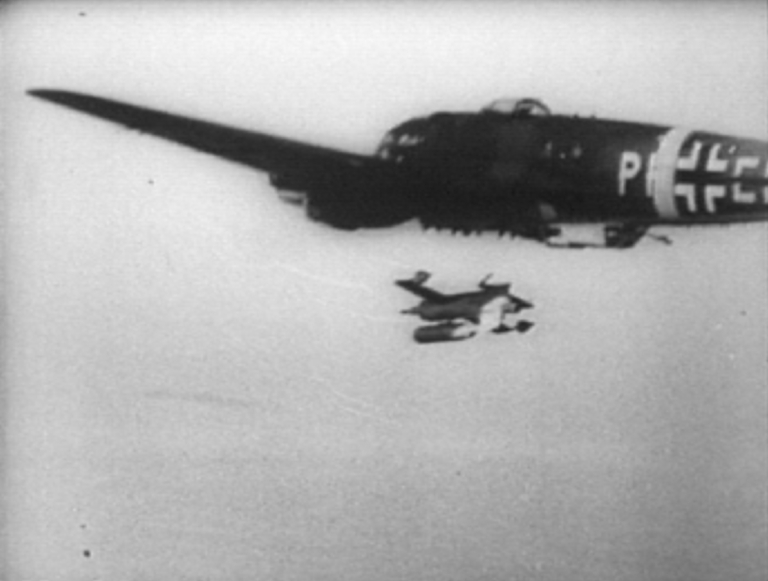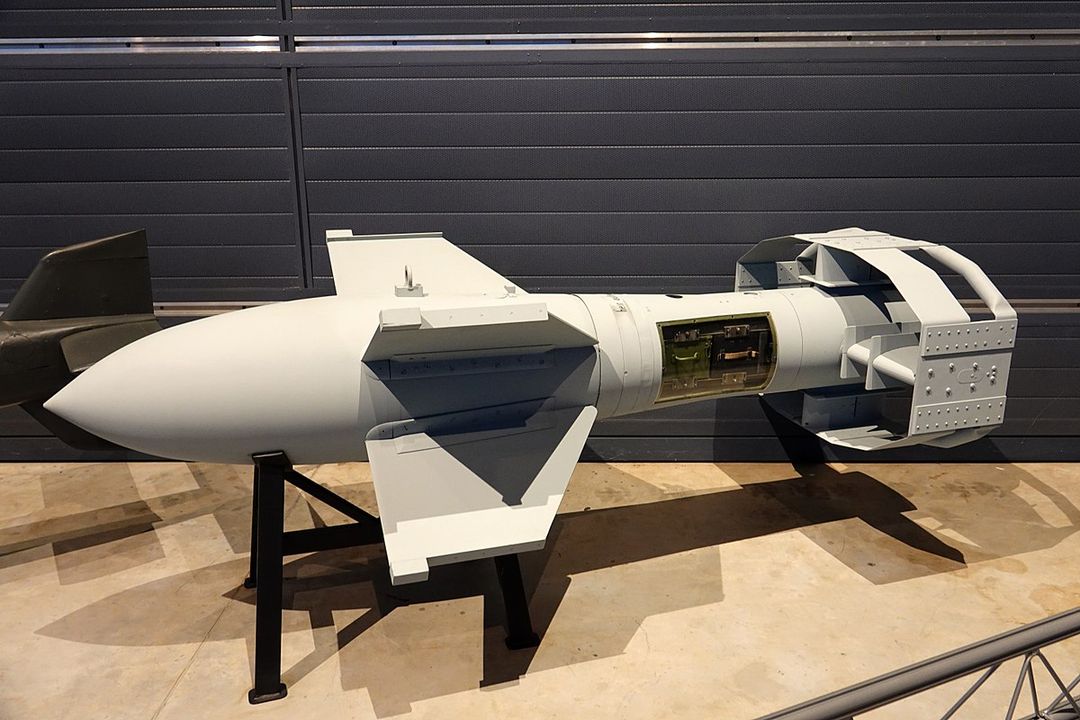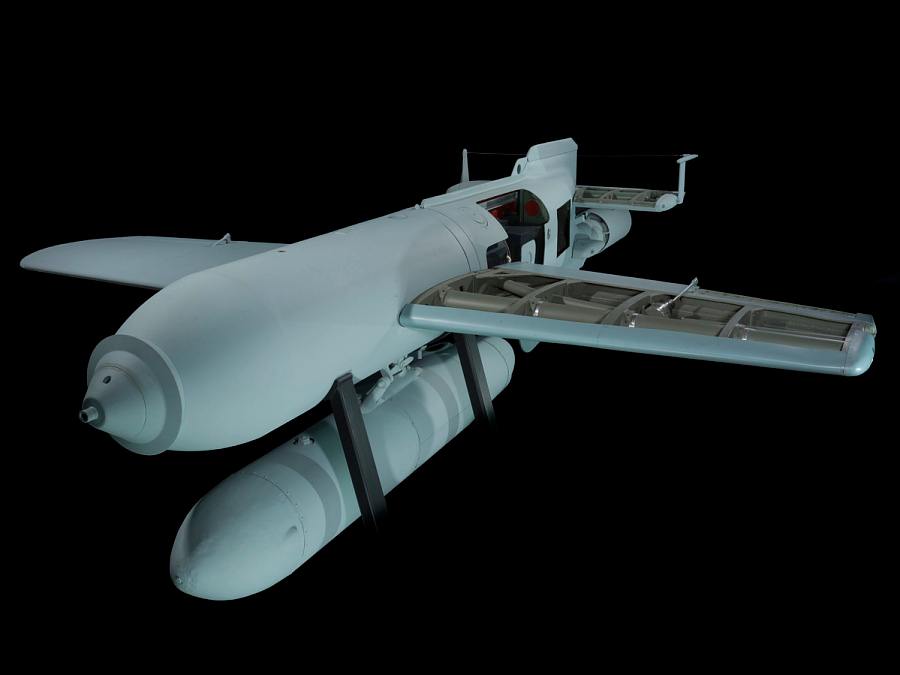27th of August 1943: Rise of the PGM (Precision Guided Munition)!
On that day, for the first time in history, a ship was sunk by a guided AshM (anti-ship missile)…
The Sinking of HMS Egret

Sloop of war HMS Egret was hit by a Hs-293 and sunk with 194 hands on board. The Hs-293 was a German rocket-assisted guided glide-bomb launched by a bomber.
The Attack on Battleship Roma
A point proven shortly after when on the 9th of September 1943, two Fritz X guided glide-bombs hit the Italian Battleship Roma, sinking her with 1393 hands on board.

The Technology Behind the Missiles
Those radio-guided missiles could reach speeds of up to 545mph, giving them a frightening amount of kinetic energy that enabled them to often breach several decks on a ship before detonating. The HS-293 was preferred for engagement against unarmored ships, such as transport vessels. The Fritz X was designed to punch through armored decks and was therefore used against battleships.
Both the Hs-293 and the Fritz X were MCLOS (manual command to line of sight) guided: The pilot of the bomber releasing those bombs had to fly a course parallel to the ordnance so that his co-pilot could guide them toward their targets. Both platforms used the Kehl-Strasbourg radio control link. Both bombs had a flare (during daytime) or a flashing light (during night attacks) situated at the back so that the bomber’s co-pilot could keep track of them as he guided them toward their targets.
Impact and Countermeasures

The Germans extensively used the Hs-293 and Fritz X during the Allied landing in Salerno, causing extensive damage to several ships. By early 1944, the Allies had started deploying electronic countermeasures that interfered with the radio link frequencies used by both bombs’ guidance systems, negating the threat.
-RBM










